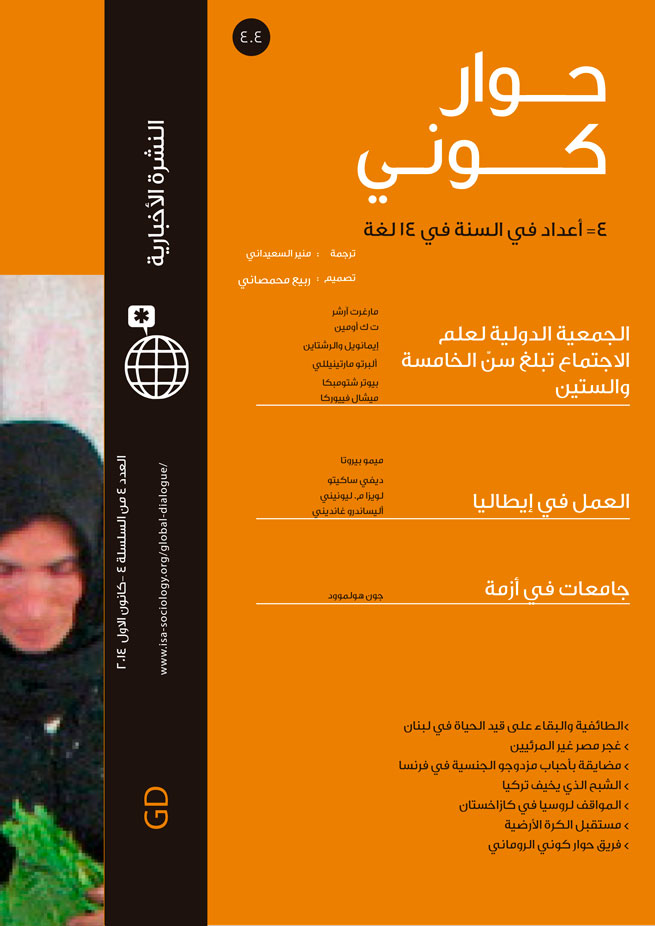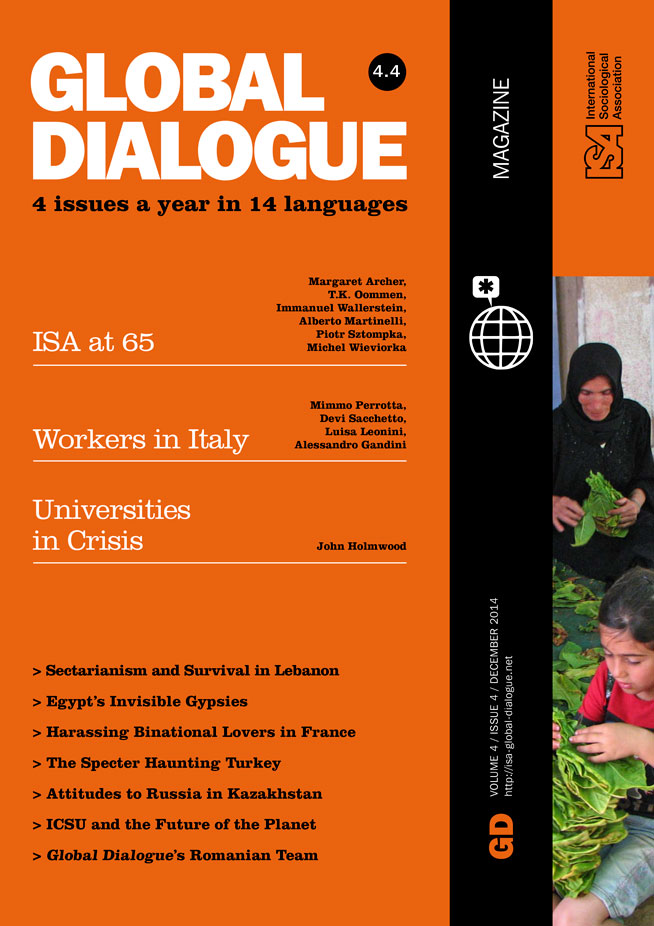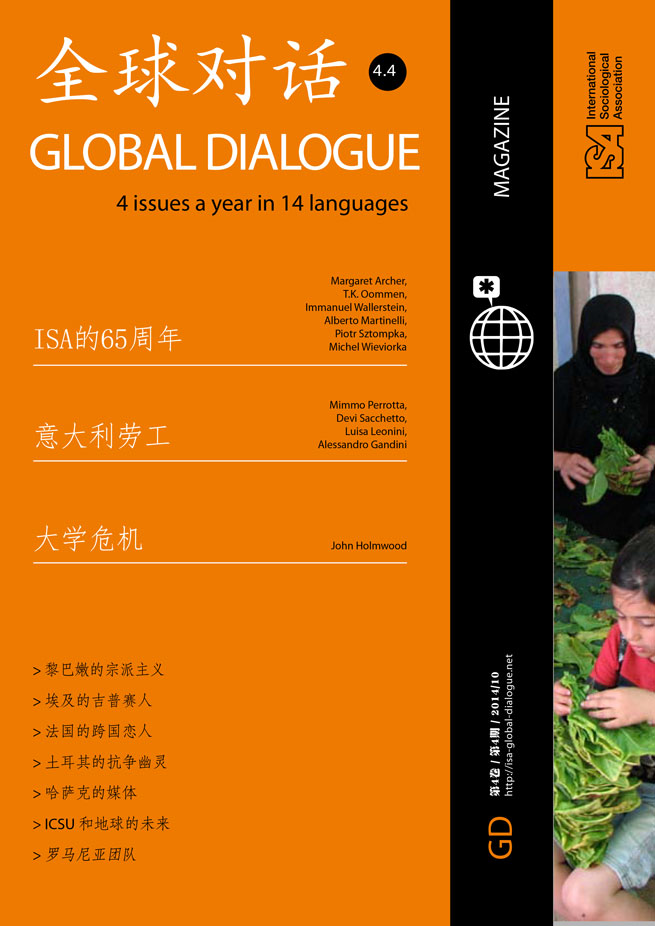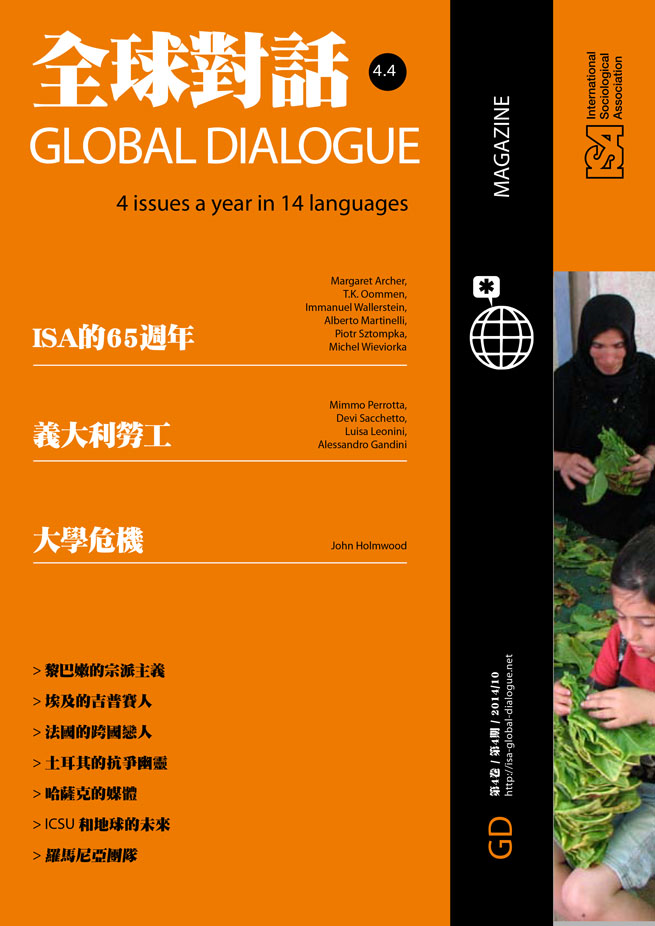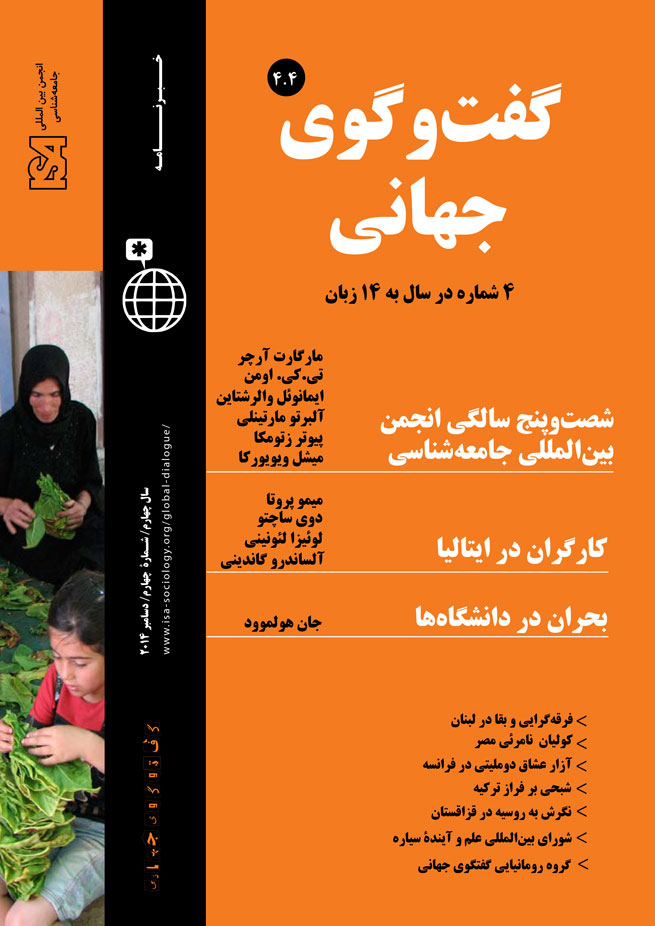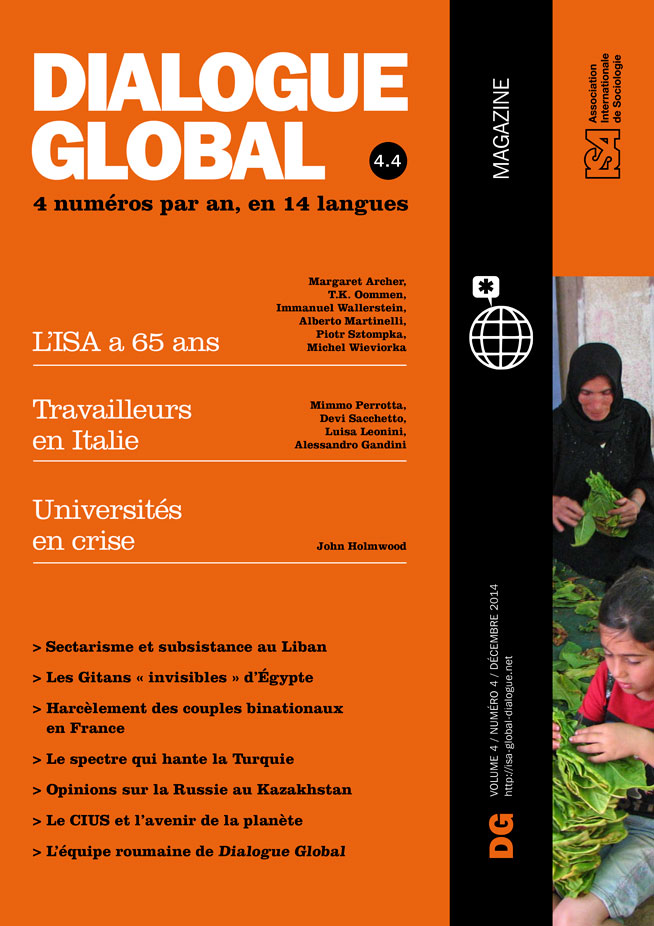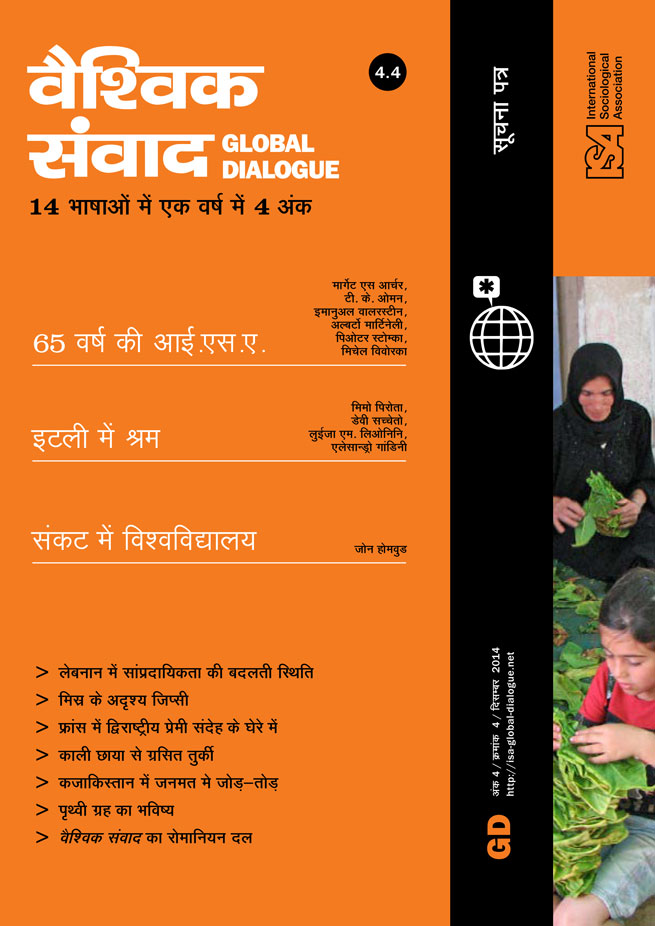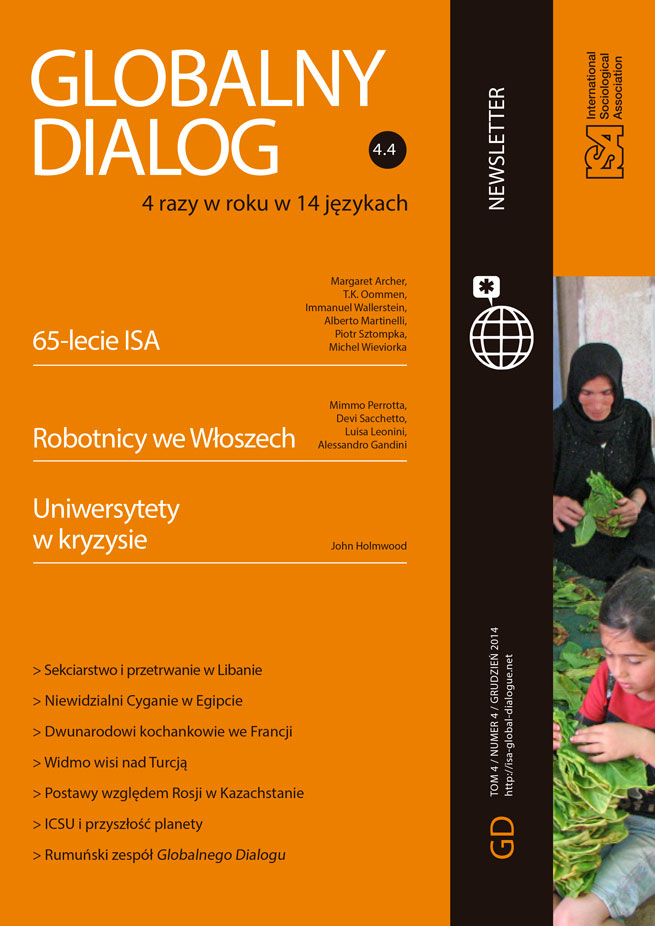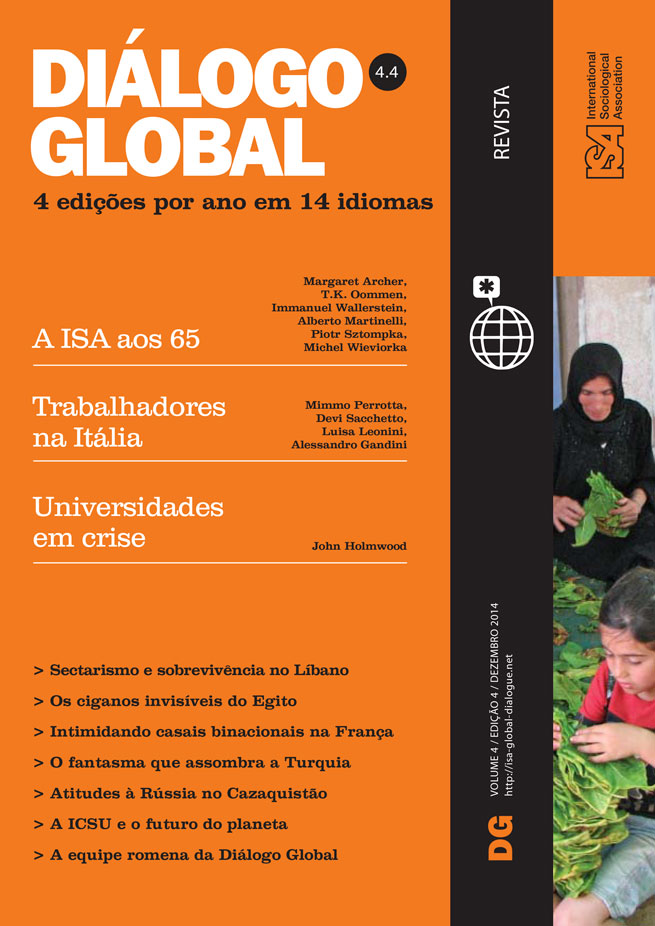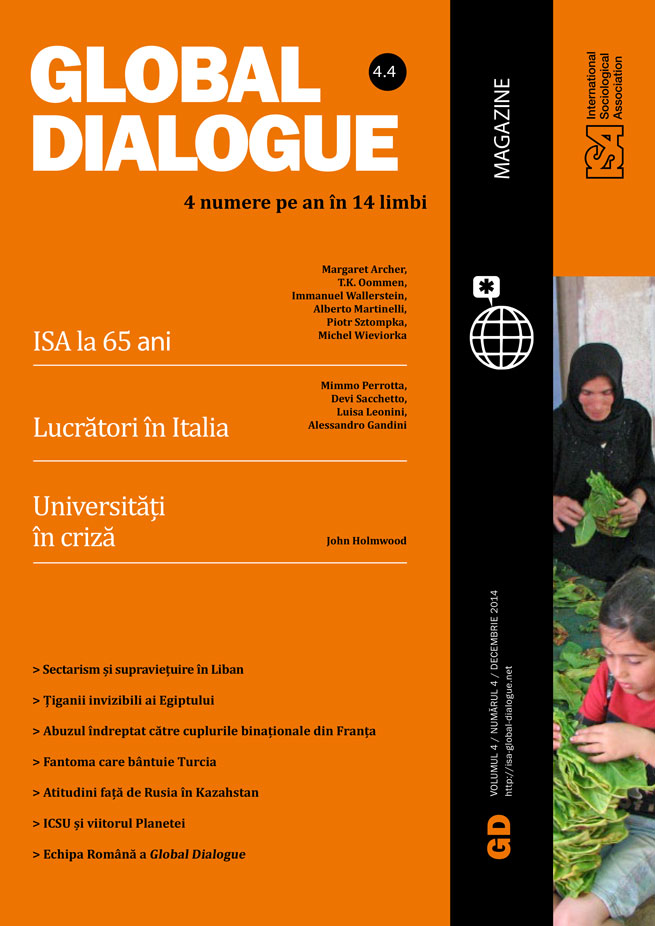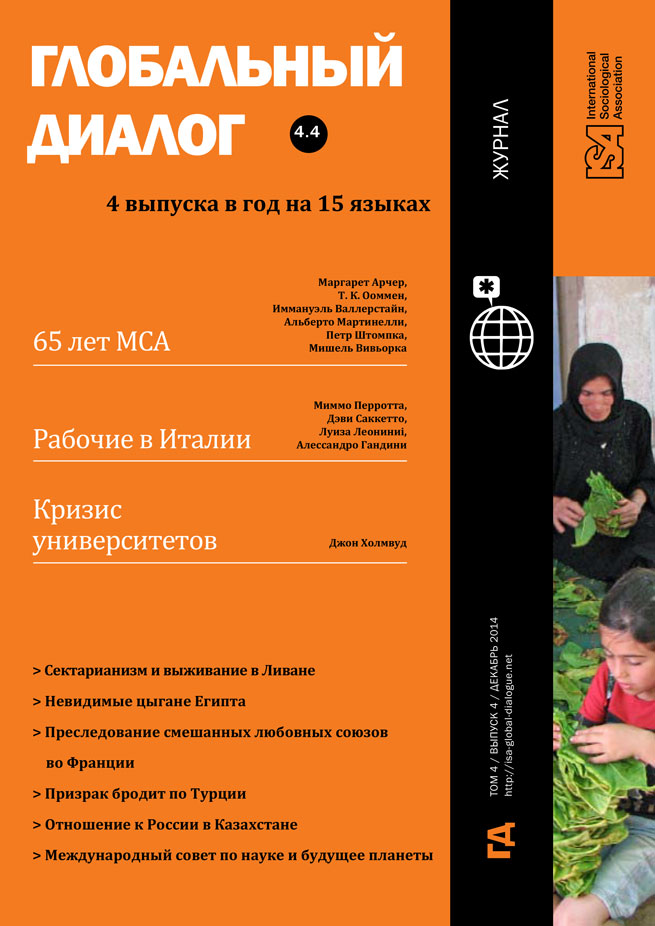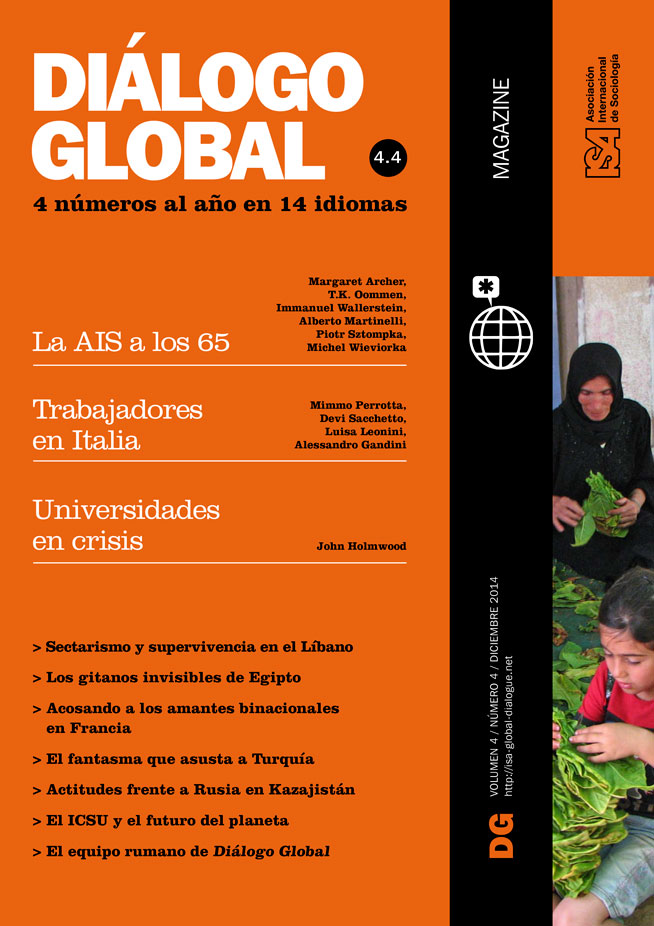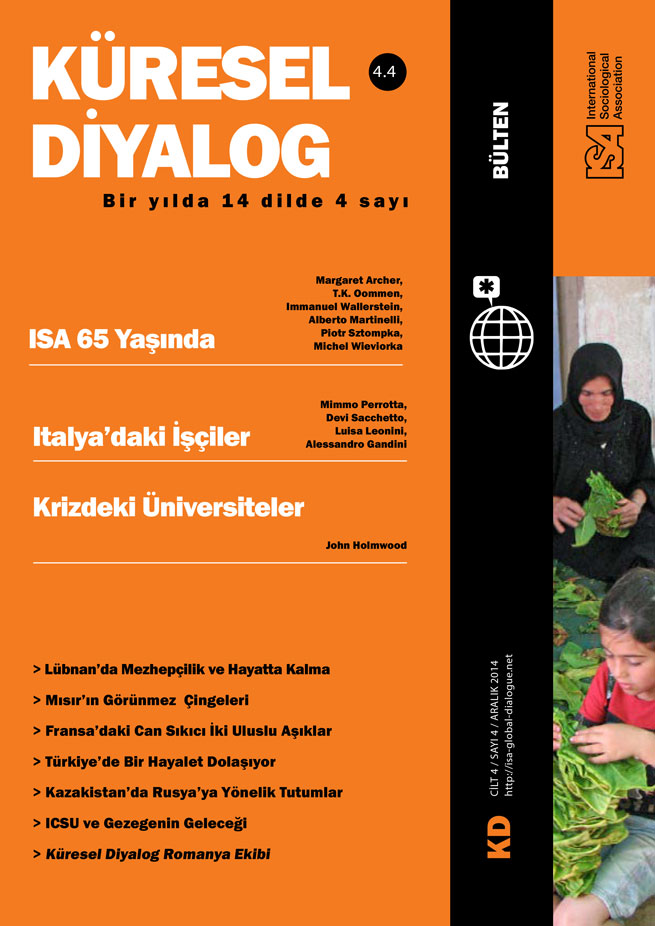Read more about From Lebanon
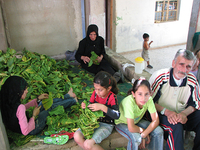
Cultivating the “Bitter Crop” in a Lebanon War Zone
by Munira Khayyat
December 12, 2014
“Things have drastically changed in Lebanon… Yesterday’s enemies became today’s allies and vice versa… The Sunni-Shia split is one of those things you really feel have changed… especially after the assassination of Rafic Hariri… This discourse really didn’t exist before… For all we knew, we were Muslims and we were fighting against the Christians’ political project in the country… Today some Christians are our allies and it is the Sunni’s political project that we are fighting.”
Hassan[1], a Shia fighter with the Amal party
Although sectarianism generally implies fixed social and political relations organized along rigid sectarian lines, in Lebanon, these relations have shifted within a short period of time. This fast reconfiguration of sectarian dichotomies poses important questions. What is sectarianism and what does it mean in the Lebanese context? How can sectarian dichotomies shift so quickly in a country where the political system rests on a rigid balance of power between the different groups?
The assassination of former Prime Minister Rafic Hariri on February 14, 2005 was a political earthquake that reconfigured Lebanon’s political and sectarian fault lines. It triggered the biggest demonstrations in the country’s history, dividing it into two camps: the “March 8th coalition,” which reasserted its alliance with Syria and accused the US and Israel of killing Hariri; and the “March 14th coalition,” which directly accused the Syrian regime of backing the assassination. Initially, the events that followed the Hariri assassination seemed puzzling: both new coalitions incorporated parties which had been fierce enemies a few years earlier. The anti-Syrian coalition comprised many members, mainly of the Christian, Druze, and Sunni communities; whereas the counter-demonstrations by pro-Syrian groups included mainly Shia who rallied behind the Hezbollah and Amal parties, joined a year later by the largely Christian party of the Free Patriotic Movement. It was the first time since the 1975-1990 civil war that the main Christian-based and Muslim-based political parties in Lebanon mobilized together for a political cause.
Although, at first, much attention was given to the reconciliation between both confessional groups, the growing divide in the country was rapidly reframed as one between the “Sunnis” and the “Shias.” In May 2008, the political crisis in the country spiraled out of control. On May 7, Hezbollah fighters and their allies mobilized to seize the capital, Beirut. The violence quickly spread to other parts of the country, with Tripoli and the Shouf witnessing the most violent and brutal confrontations. Although many factions (some Druze, Christian and Alawi-based parties, in addition to some non-sectarian political parties such as the Syrian Socialist Nationalist Party) have been involved in these clashes, the violence was still generally framed as a “Sunni-Shia” conflict.
Sectarianism and politics are two sides of the same coin in Lebanon. The political organization of society along clear sectarian lines and the adoption of consociational democracy as the basis of the political system made politics and sectarian identities intertwined. Moreover, the majority of political parties are based on clearly-defined sectarian communities, making it easy to turn political conflicts into sectarian ones. However the salience of sectarian divides depends mainly on the ability of opposing groups to compete in terms of size, political power, economic capacity or military strength.
Although most analyses of the Lebanese society focus on sectarianism, these usually fail to address the political and economic factors which drive Lebanese sectarianism. Whereas all sectarian identities can be socially relevant, only some become politically salient. In other words, what matters in understanding the dynamics of Lebanese society is not sectarianism per se, but rather the politicization of sectarianism.
Even at the individual level, sectarian identities go beyond religious affiliations, involving clear political and social connotations. To say that one is “Sunni” or “Shia” in the Lebanese context refers not only to religion by descent, but more importantly indicates political affiliation, societal belonging, and communal loyalties. Sectarian and political identities are often used interchangeably. This explains why Christian identity has ceased to be politically relevant in the wider sectarian discourse today, although it remains relevant socially. The fact that the Christian community is divided along political lines between the March 8th and March 14th coalitions has made it less salient in the country’s political polarization. This example shows that the content and boundaries of Lebanon’s social cleavages are in permanent flux, and identities are constantly in a process of definition and redefinition as political boundaries change — an acknowledgement which turns on its head the whole “primordial” approach that sees sectarianism as inborn and immutable.
Although the Hariri assassination was the turning point that reconfigured pre-existing sectarian relations, the roots of this change mainly lie in shifting internal socio-economic and political variables, in addition to the changing geopolitics of the Middle East and the role of external forces such as Iran, Saudi Arabia, Syria, Israel and the US. The declining relevance of the historical “Christian-Muslim” schism in Lebanon and the rise of the “Sunni-Shia” divide can be attributed to the political weakening of “Christians” and the rise in “Shia” power.
The Taef Agreement that put an end to the civil war in 1990 amended the constitution to give more political power to the “Sunnis,” more military power to the “Shias,” and to marginalize the “Christians” by diminishing the role of the President of the Republic. Socio-economic factors have also contributed to the re-shaping of sectarian discourse. The Shia community’s upward mobility through urbanization and migration has made many Shia figures key investors and prominent actors in the Lebanese economy. Similarly, Hariri’s neo-liberal reconstruction policies after the civil war restructured class relations in Beirut, creating a new class of economic elites who emerged at the expense of the old Beiruti (mainly Christian and Sunni) landowners and businessmen. Combined with the political power granted through the Taef agreement, the Sunni and Shia communities in Lebanon came out of the civil war as the two most powerful groups able to compete over power.
Like anywhere else, Lebanon’s conflict is essentially economic and political; conflict takes different forms and framings when it intersects with identities, but this intersection does not make it essentially a war of identities. Acknowledging the shifting nature of sectarianism and dissecting the structural factors that make sectarianism more or less politically salient at some points in time and not others are key in the analysis of any fragmented society. Such approach is clearly needed today in analyzing conflicts in the Arab region and the rise of extremist movements such as the Islamic State in Iraq and Syria.
[1] Hassan is the pseudonym of one of my interviewees. He participated in the 1975- 1990 civil war and took to the streets again in the violent episode of May 2008.
Rima Majed, American University of Beirut, Lebanon <rima_majed@hotmail.com>
This issue is not available yet in this language.
Request to be notified when the issue is available in your language.
If you prefer, you can access previous issues available in your language:
